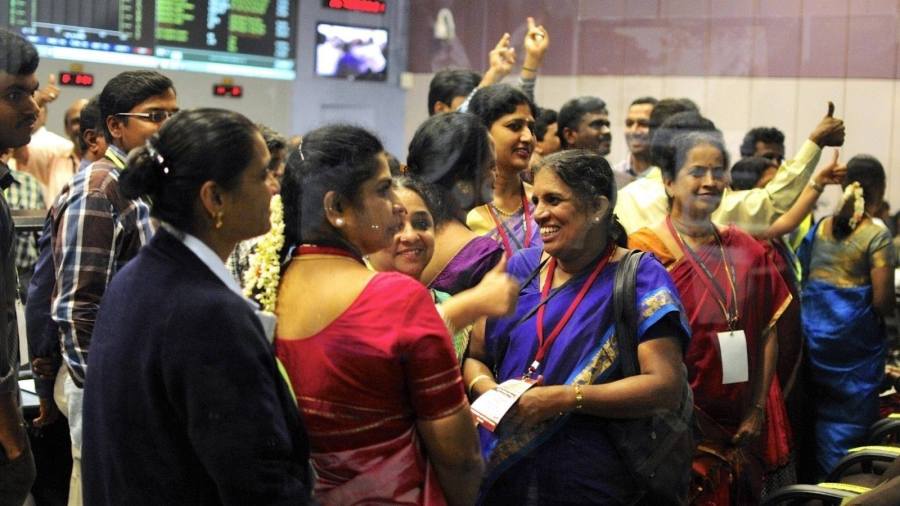Namaste, Mars
When you think of India, what comes to mind? Crowded marketplaces, elephants, and the Taj Mahal. Certainly not, for example, a space probe to Mars.
The Mars Orbiter Mission, also called the Mangalyaan or MOM, entered into Mars’ orbit on September 24, 2014, and India made history as the first country to enter orbit in its first attempt. Prime Minister Narendra Modi enthused, “History has been created today. We have achieved the near impossible. I congratulate all ISRO scientists and all my fellow Indians on this historic achievement.”
This US $75 million probe, which took over 18 months to build, is the cheapest Mars mission yet, and is part of a space program that Modi plans to strengthen with more technology.
Mars missions are typically considered especially difficult due to the fact that only 21 missions out of the attempted 51 have been achieved successfully, with countries such as China and Japan trying and failing to enter Mars’ orbit. With this achievement, India now joins the Martian exploration club along with Russia, the USA and the European Space Agency.
The MOM carries five scientific instruments, including a sensor that measures methane levels in Mars’ atmosphere, a colour camera and a thermal infrared imaging spectrometer that will measure the temperature of the planet’s surface. The probe will also measure the rate of loss of atmospheric gases to outer space, says the BBC.
The search for methane is an intriguing one, according to the BBC, because sensors on Earth have discovered traces of methane on Mars. However, NASA’s Mars Rover Curiosity was not able to find any in its time on Mars. Some scientists hypothesize that if there is methane source deep under Mars, there must also exist a biosphere, pointing to more signs of life on the Red Planet. However, they also note that it could be produced by other phenomena present on Mars, such as volcanoes. The BBC also notes that, “This could provide insights into the planet’s history; billions of years ago, the envelope of gases around Mars is thought to have been more substantial.”
There is a lot of media attention surrounding the event, especially due to the convivial Twitter exchange between the Curiosity Rover and MOM.
It’s not all fun and games for India, even after this momentous achievement. Critics argue that India needs to put money into other endeavours, such as reducing its poverty and transporting resources to people affected by the recent floods. Tavleen Singh, a columnist for The Indian Express, tweeted, “Incredible India: we can go to Mars but cannot provide clean water to our people on Earth.”
However, not all Indians are against the idea of the Indian mission to Mars. As Nisha Agarwal, chief executive officer of Oxfam in India said, “India is home to poor people but it’s also an emerging economy, it’s a middle-income country, it’s a member of the G20. What is hard for people to get their head around is that we are home to poverty but also a global power.”
The construction of the cheapest space probe could attract industries to India for cheap and complex engineering feats. The ISRO is already offering commercial satellites in many Western countries, putting India in the spotlight. There is also the obvious benefit to the entire scientific community if the Mangalyaan is able to find the source of methane—this could lead to answers about Mars’ history and whether life can be supported there.
In conclusion, there are always benefits and opportunity costs that come with every decision, but in the end, the Mangalyaan has put India in the spotlight. There is commercial opportunity for India in this venture, as well as a great benefit to the scientific community. This event is seen as one that will inspire young Indian scientists to reach for the Mars… I mean stars.
Sources: Forbes.com, BBC, NDTV, The Telegraph

This is Anoushka’s second and final year in The Talon. She still does not know how to write a biography and would probably ‘google’ it if she knew...










